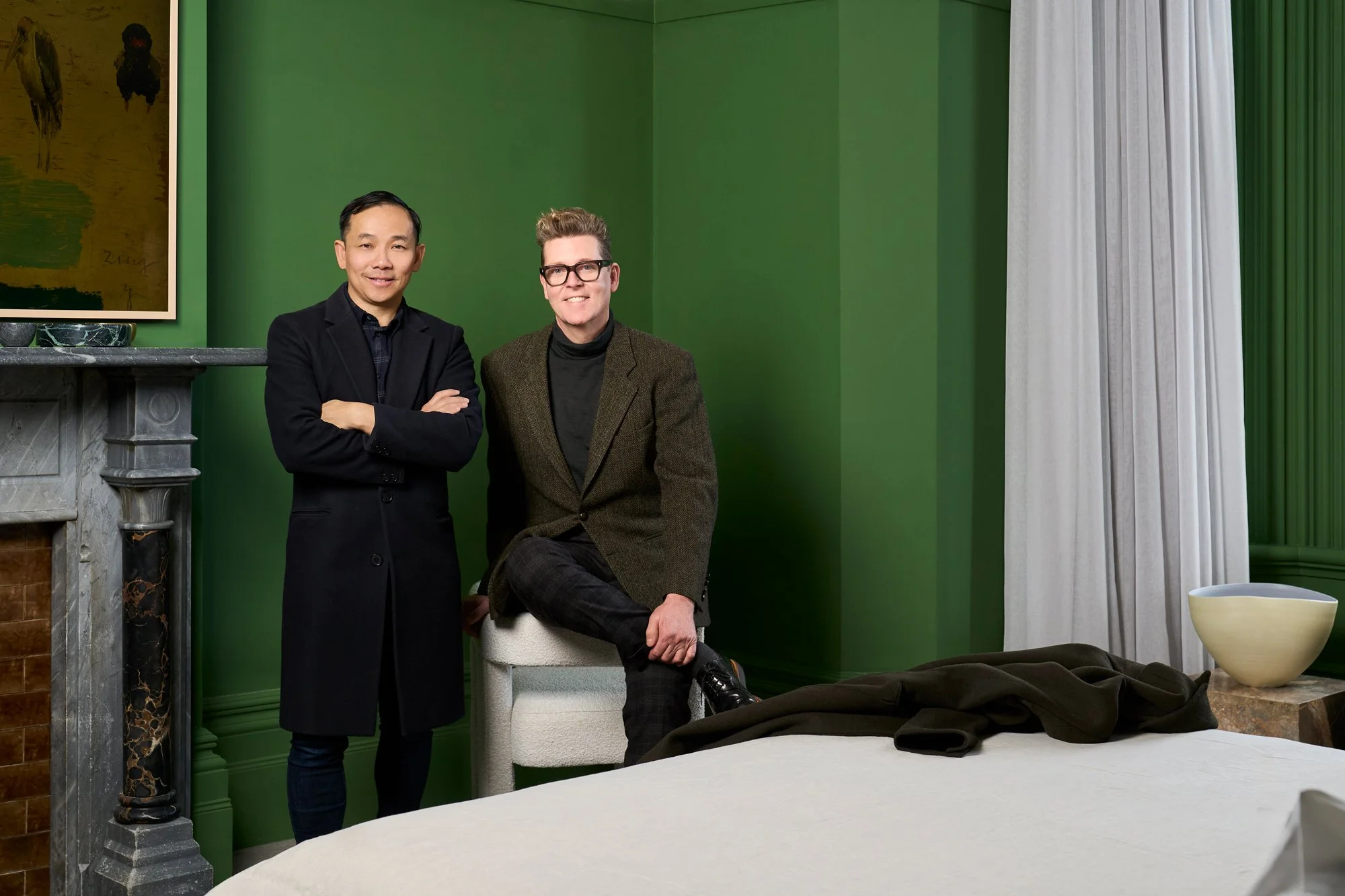The chef’s uniform and Les Toques: a legacy of pride, precision and professionalism
/In every professional kitchen across the globe, from fine dining restaurants in Paris to aged care kitchens in Australia, there stands an unmistakable symbol of skill, discipline and culinary heritage: the chef’s uniform.
This uniform is not merely clothing; it is the professional armour of a trained chef, a symbol of culinary precision, food safety and timeless respect for a profession that dates back centuries.
Among the most prestigious elements of the uniform is “La Toque Blanche” - the traditional tall white chef’s hat. “Les Toques” are more than just headwear; they are a badge of honour, signifying experience, rank and mastery in the kitchen. Every pleat, every fold, every starching and pressing speaks to the discipline and excellence required to wear it.
This article is a call to all chefs. Honour the uniform. Wear it with pride. Respect the legacy.
The chef’s uniform: function meets discipline
The traditional chef’s uniform is composed of five essential components:
Toque blanche (chef’s hat)
Double breasted white jacket
Checkered or black trousers
Apron
Non slip safety shoes
Each piece serves a critical function:
The double breasted jacket protects from burns and splashes and allows reversal to maintain a clean appearance.
The trousers, traditionally checkered, hide stains and withstand the rigours of the kitchen.
The apron is an additional barrier of cleanliness and professionalism.
Closed toe, non slip shoes are non-negotiable in kitchens that adhere to workplace health and safety legislation.
Importantly, the correct uniform is a legal obligation in many jurisdictions under Workplace Health and Safety (WHS) laws, Food Safety Standards and industry specific codes of conduct. A chef presenting for duty without the appropriate uniform may be in breach of food safety legislation and can be lawfully excluded from entering the food production area.
La Toque Blanche: more than a hat
The word “toque” is French for “hat” but its significance runs deeper.
Historically, the number of pleats in the toque was said to represent the number of ways a chef could prepare an egg - often 100 pleats for 100 techniques.
The height of the toque traditionally indicated the chef's rank - the taller the toque, the higher the status.
It ensures hygiene, keeping hair out of food, while signalling discipline, seniority and culinary authority.
To wear the toque is to carry the weight of every chef who came before you. It is a mark of distinction and must never be worn carelessly. In professional competitions, accredited institutions and high standard kitchens the toque is mandatory. Not optional. Not negotiable.
Professionalism, respect and compliance
The hospitality industry is not a casual vocation, it is a discipline governed by standards, codes and tradition. A trained chef must:
Present in full uniform at all times
Maintain personal and uniform hygiene
Abide by safe food handling regulations
Respect uniform policies outlined by their employer, professional associations and certifying bodies
In Australia, non-compliance with uniform standards can result in:
Workplace disciplinary action
Breach of food safety regulations (FSANZ Standards 3.2.2 and 3.2.3)
Loss of credibility within professional organisations such as the AITC (Australian Institute of Technical Chefs)
Let it be known: wearing the full chef's uniform is not just tradition - it is law, policy and a moral commitment to excellence.
“We do not show up unprepared, undressed or undignified. We show up as chefs - precise, clean, prepared and proud”
In competition: honour the profession
All chefs participating in professional cooking competitions - whether through WorldSkills, Nestlé Golden Chef’s Hat, Bocuse d'Or or institutional aged care settings - must wear:
Full, clean chef’s whites
Toque
Appropriate footwear
Failure to do so risks immediate disqualification and worse, brings dishonour to the culinary profession. We do not show up unprepared, undressed or undignified. We show up as chefs - precise, clean, prepared and proud.
Throughout the culinary world, every respected professional culinary cookery competition requires chef’s toques to be worn by both competitors and judges when in competition.
This simple act demonstrates respect for the discipline of commercial cookery and is additionally a marketing tool to educate the public and trainees.
Discipline defines us
The chef's uniform is a contract - a promise to the team, to diners and to ourselves. It represents:
Cleanliness in a world where hygiene can save lives
Discipline in a world where timing and detail matter
Respect for a profession that has stood through wars, revolutions and pandemics
Identity as trained professionals, not hobbyists
A chef without uniform is like a soldier without armour, a judge without robes or a nurse without scrubs. We do not dilute our standards to accommodate laziness, vanity or fashion. We uphold the craft. We wear the whites.
Respect for our forefathers and ourselves
The chefs before us - Escoffier, Carême, Bocuse and countless others - bled, burned, and toiled to raise the standards of this noble profession. They wore their whites with reverence.
We, the chefs of today, stand on their shoulders. It is our duty to protect the integrity of the profession by embodying the same respect and pride.
By wearing the uniform correctly, we are not only representing ourselves - we are honouring every chef who built the path we now walk.
“It is our duty to protect the integrity of the profession by embodying the same respect and pride”
Be proud, be professional, be a chef
To all chefs - from apprentices to master chefs - this is your call to arms.
Wear your uniform. Wear your toque. Wear them with pride, discipline and dignity.
Let no one enter a kitchen half-dressed or indifferent. Enforce the standard. Set the example. Be the reason future generations hold their heads high when they tie their apron and adjust their collar.
This is who we are.
This is what we wear.
We are Chefs.
Chef Jeffrey R. Gear
Australian Institute of Technical Chefs
Senior Vice President #16103







